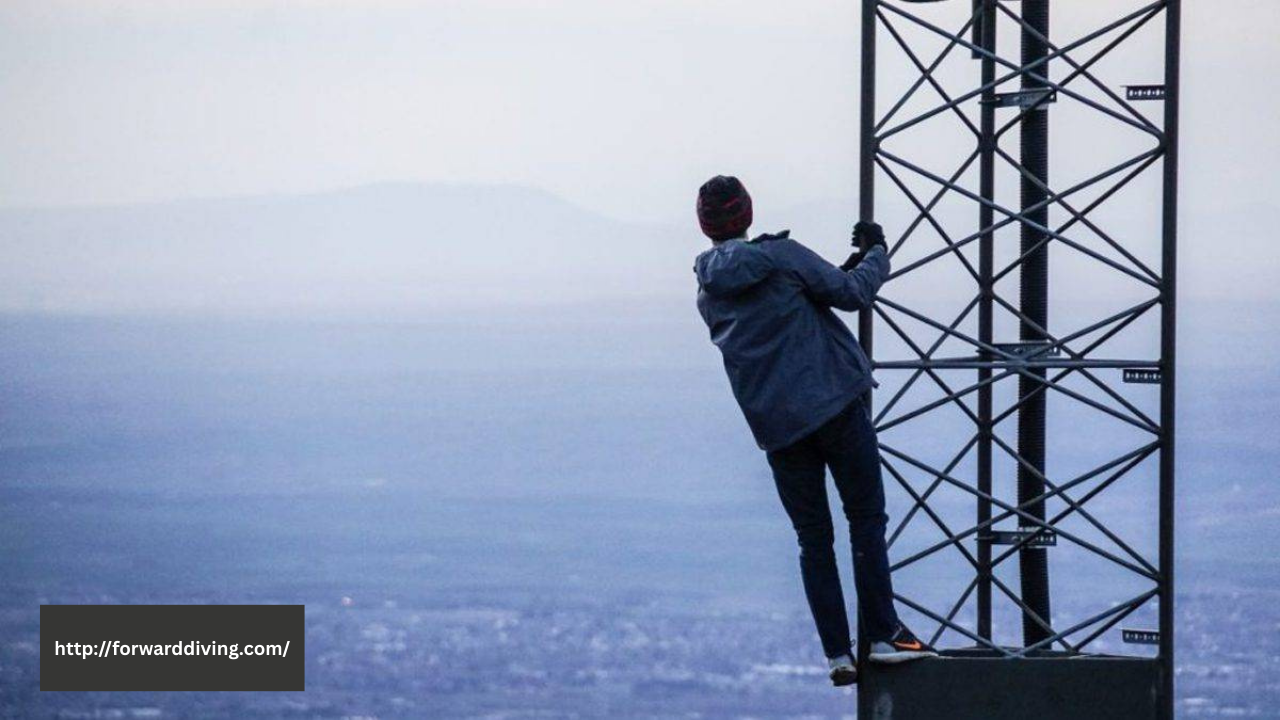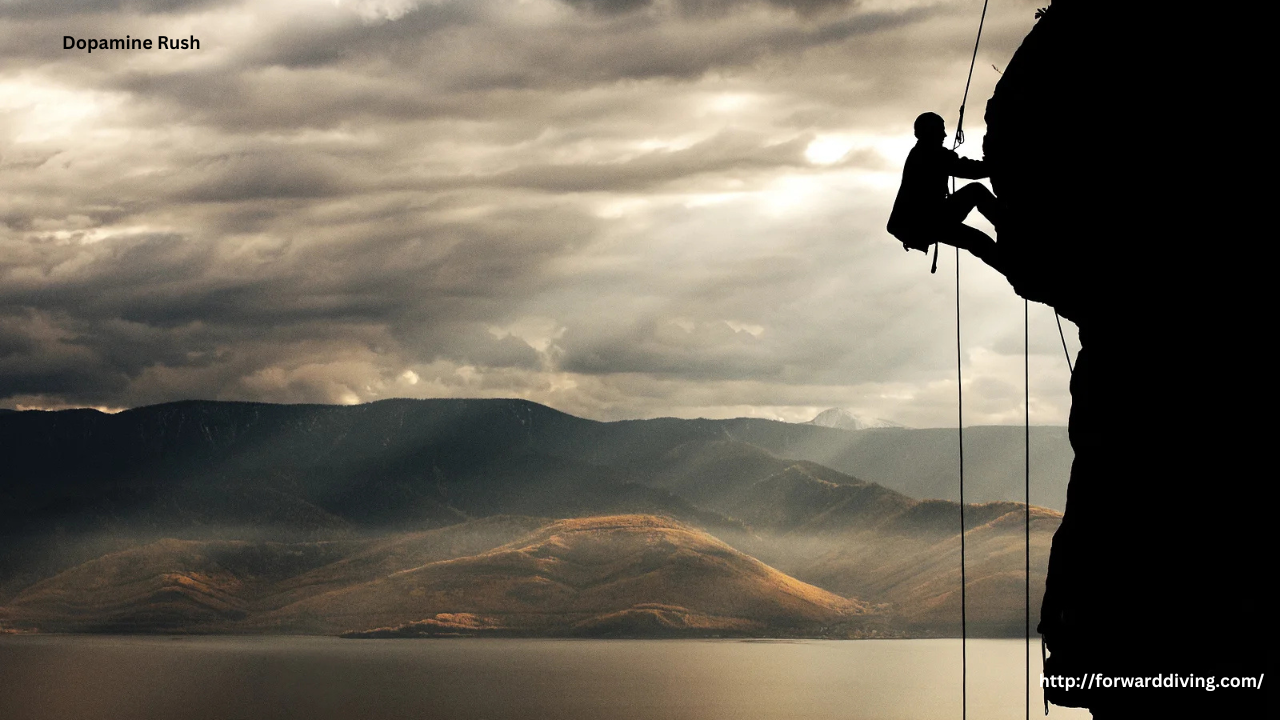Extreme sports like skydiving, BASE jumping, rock climbing, and big-wave surfing captivate many with their blend of danger, skill, and adrenaline. For countless participants, these activities represent freedom, personal challenge, and an exhilarating escape from the mundane. However, when the pursuit of extreme thrills becomes an overwhelming need, it can cross the line from passion to unhealthy addiction, carrying severe physical and psychological consequences.
The Allure of Extreme Sports
Extreme sports offer an intense sensory experience, stimulating the brain’s reward system by releasing a rush of dopamine and adrenaline. This chemical cocktail produces euphoria, heightens senses, and creates a powerful sense of achievement. For some, this rush becomes irresistible, driving them to seek greater risks and more daring feats to recapture that initial high.
Participating in extreme sports can have many positive aspects—building confidence, resilience, and community. Yet, when individuals start chasing the thrill at all costs, the dangers multiply.
Recognizing When Thrill-Seeking Turns Unhealthy
The transition from healthy enthusiasm to compulsive risk-taking can be subtle. Some warning signs include:
- Escalating risk levels: Taking increasingly dangerous actions to maintain the thrill.
- Ignoring safety precautions: Overlooking basic safety measures out of impatience or overconfidence.
- Neglecting responsibilities: Prioritizing extreme activities over work, family, or personal obligations.
- Physical harm: Sustaining repeated injuries without adjusting behavior.
- Emotional distress: Experiencing depression, irritability, or restlessness when not engaged in extreme sports.
When individuals feel compelled to participate in extreme activities despite the clear risks, it’s a sign that the behavior may have crossed into addiction territory.
The Physical and Psychological Consequences
The physical dangers of extreme sports are well-known: fractures, head trauma, paralysis, or even death. However, the psychological consequences can be just as severe. The constant need for stimulation can lead to emotional instability, anxiety, and depression when the individual is not actively engaged in high-risk activities.
Additionally, the repeated exposure to life-threatening situations can desensitize thrill-seekers to danger, causing them to underestimate risks and make impulsive decisions. Relationships with family and friends may also suffer as loved ones struggle to understand the compulsive need for risk.
Finding a Healthier Balance
Maintaining a healthy relationship with extreme sports involves recognizing personal limits and respecting the inherent risks. Some strategies to promote balance include:
- Setting clear boundaries: Establishing limits on the frequency and intensity of participation.
- Prioritizing safety: Investing time in training, preparation, and proper equipment use.
- Seeking alternative outlets: Exploring structured adventure activities that offer excitement with reduced risk.
- Therapeutic support: Engaging in counseling or therapy to address underlying emotional needs driving the compulsion.
- Building a diverse identity: Developing hobbies, interests, and goals outside of extreme sports.
Conclusion
Extreme sports can provide immense satisfaction, personal growth, and unforgettable experiences. However, when the need for thrills overrides safety, responsibility, and emotional well-being, the consequences can be devastating. By recognizing the signs of unhealthy thrill-seeking and taking proactive steps to maintain balance, individuals can continue to enjoy the adrenaline rush without sacrificing their health and happiness.










